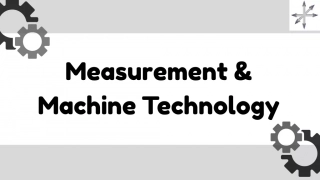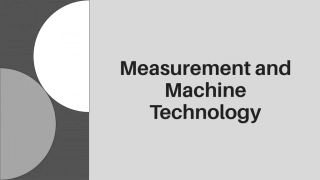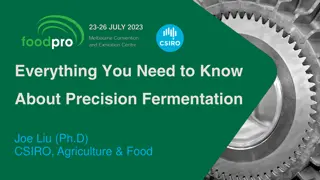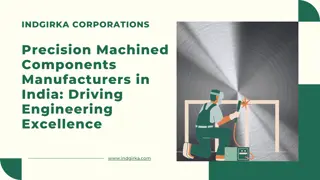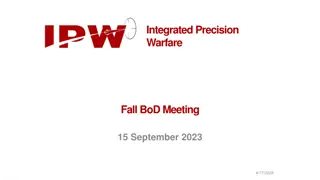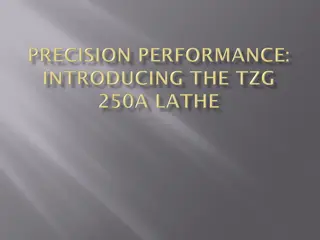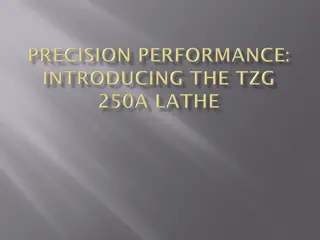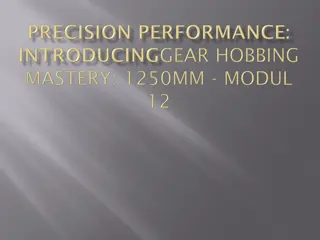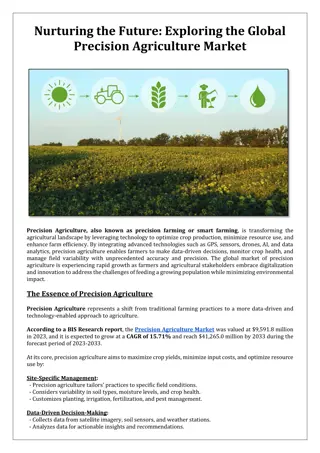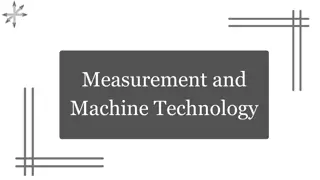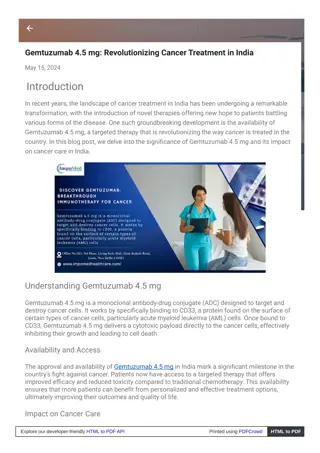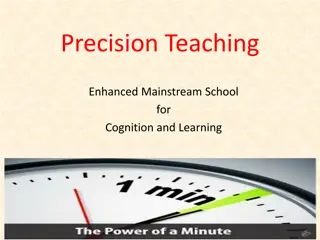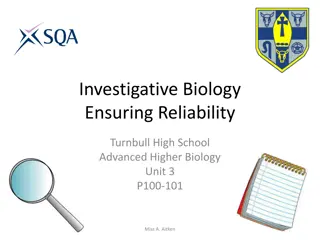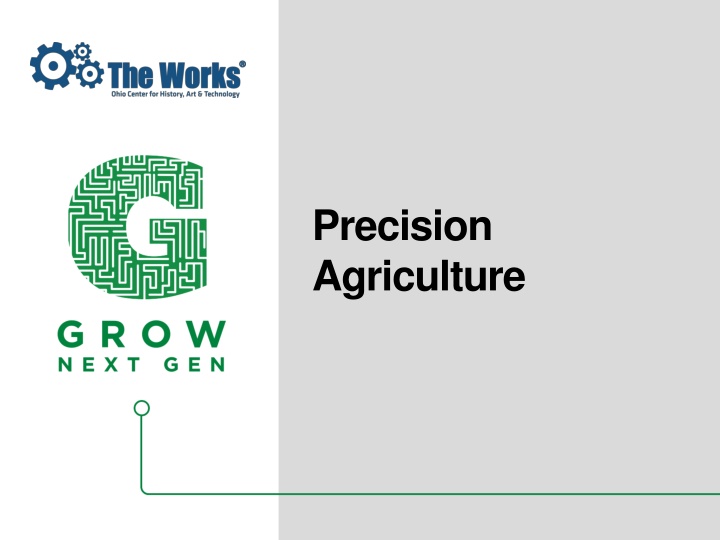
Optimizing Agriculture Through Precision Farming Techniques
Precision agriculture is a technology-driven management system that utilizes data from soils, crops, nutrients, and more to enhance profitability, sustainability, and environmental protection. Techniques like soil testing, hybrid selection, and pesticide choices contribute to making informed decisions. Technologies such as auto-steering equipment and GPS systems enhance field productivity. Benefits include precise applications, reduced field trips, and lowered fuel consumption. Explore further through informative videos on high-tech farming practices.
Download Presentation

Please find below an Image/Link to download the presentation.
The content on the website is provided AS IS for your information and personal use only. It may not be sold, licensed, or shared on other websites without obtaining consent from the author. If you encounter any issues during the download, it is possible that the publisher has removed the file from their server.
You are allowed to download the files provided on this website for personal or commercial use, subject to the condition that they are used lawfully. All files are the property of their respective owners.
The content on the website is provided AS IS for your information and personal use only. It may not be sold, licensed, or shared on other websites without obtaining consent from the author.
E N D
Presentation Transcript
Precision Agriculture
Definition a management system that is information and technology based, is site specific and uses one or more of the following sources of data: soils, crops, nutrients, pests, moisture, or yield, for optimum profitability, sustainability, and protection of the environment. (USDA, Agronomy Technical Note No.1, June 2007)
Purpose maintain productivity and profitability of the agriculture system while attempting to maximize yield. Photo: Mike Krivit
Techniques soil testing to determine the amount of nutrients available and the amount needed to grow a specific crop; hybrid or variety selection specific to the conditions under which it will be grown (climate, soil type, etc); pesticide choices to address specific pests within a field; using data from all of these techniques to make future decisions.
Technologies Auto-steering of equipment o maximize field use and decrease overlap of crop planting and fertilizer and pesticide application GPS systems of various types o enable auto-steering and other technologies Variable rate seeding, fertilizer and pesticide application Yield monitoring systems mounted to harvesters Remote sensing to collect data about field health and responses to management strategies Photo by Solitude [CC BY-SA 2.0 (http://creativecommons.org/licenses/by-sa/2.0)], via Wikimedia Commons
Benefits Precise nutrient applications Precise pesticide application Variable rate irrigation Ability to see what is happening in the field Limiting trips over the field o Lowers compaction o Reduces fuel consumption
Watch these videos to get further information What Happens When Farming Goes High-Tech? | National Geographic https://www.youtube.com/watch?v=tbkTi3zNN9s Precision Farming and the Role of Big Data https://www.youtube.com/watch?v=amafl9pVBhI Precision Farming Digital Experience https://www.youtube.com/watch?v=Eg6VUYhTkbc

